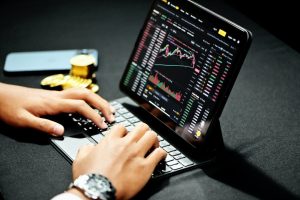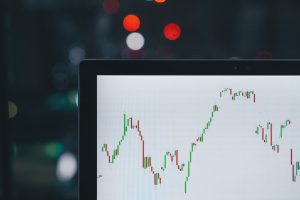Institutional order flow in forex refers to the large volume of trades executed by institutional traders in the forex market. Institutional traders are professional traders who trade on behalf of institutional investors such as banks, hedge funds, pension funds, and insurance companies.
Institutional traders have access to a vast amount of resources and information that enable them to execute trades with high precision and accuracy. They use various trading strategies, including technical analysis, fundamental analysis, and order flow analysis, to identify profitable trades and execute them with speed and efficiency.
Institutional order flow is a critical factor that affects the forex market’s price movements. It is the collective buying and selling of large volumes of currency pairs by institutional traders, which creates a significant impact on the market’s supply and demand dynamics. As a result, institutional order flow can influence the direction and momentum of the market’s price movements.
Institutional traders typically execute their trades through electronic trading platforms, such as Bloomberg, Reuters, and EBS. These platforms provide institutional traders with access to the interbank forex market, where they can buy and sell currencies at the best available prices.
Institutional traders also have access to a range of order types, including market orders, limit orders, and stop orders. Market orders are executed at the prevailing market price, while limit orders are executed at a specified price or better. Stop orders are used to limit losses or lock in profits by automatically triggering a trade when a certain price level is reached.
Institutional traders use various trading strategies to profit from the forex market’s price movements. One popular strategy is trend following, where traders identify trends in the market and follow them by buying or selling currency pairs. Another strategy is mean reversion, where traders take advantage of temporary price deviations from the market’s average prices by buying low and selling high.
Institutional traders also use order flow analysis to identify profitable trades. Order flow analysis involves analyzing the volume and direction of trades in the market to identify areas of support and resistance. By identifying these areas, traders can place orders to buy or sell currency pairs at these levels, with the expectation that the market will reverse or continue its trend.
Institutional traders also use news and economic data to inform their trading decisions. Economic data, such as GDP, inflation, and employment figures, can have a significant impact on the forex market’s price movements. Institutional traders use this data to adjust their trading strategies and take advantage of market opportunities.
In conclusion, institutional order flow in forex refers to the large volume of trades executed by institutional traders in the forex market. Institutional traders have access to a range of resources and information that enable them to execute trades with high precision and accuracy. Institutional order flow is a critical factor that influences the market’s supply and demand dynamics, and as a result, can affect the direction and momentum of the market’s price movements. Institutional traders use various trading strategies, including order flow analysis, to identify profitable trades and profit from the forex market’s price movements.






